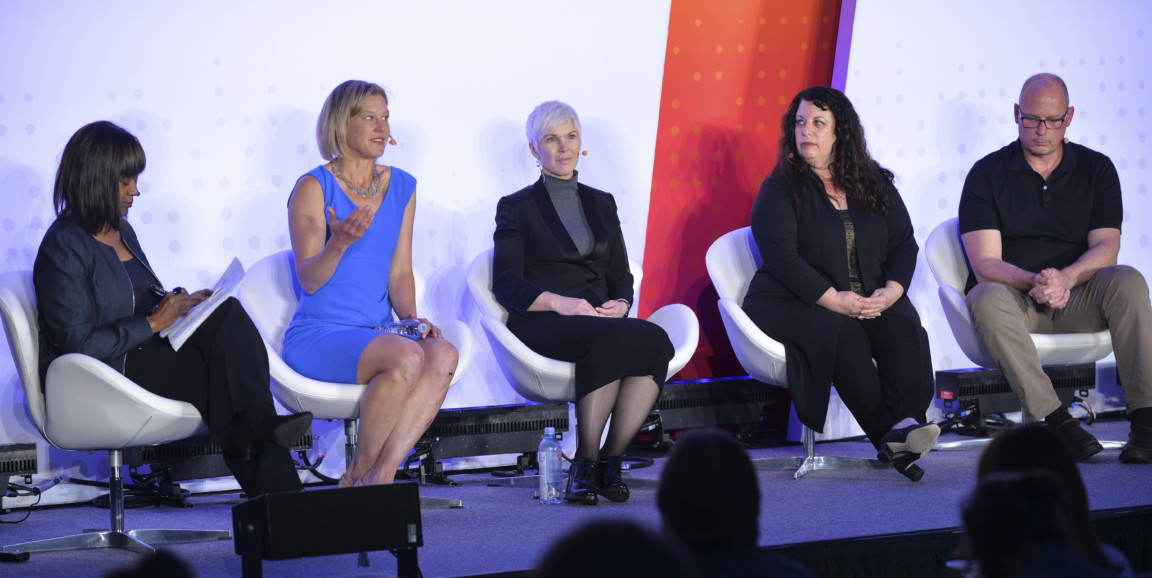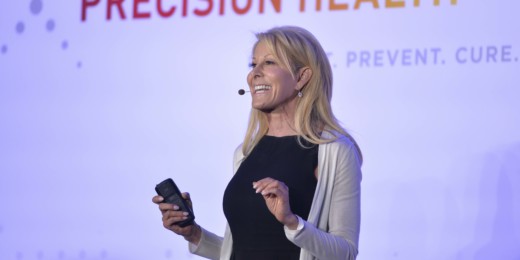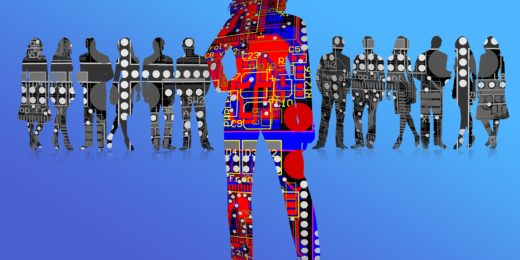Often, the phrase "digital health" conjures images of smart watches or apps that process your health data to give a readout of a parameter like heart rate. That is part of digital health, to be sure, but at the Big Data in Precision Health conference last week, four speakers during the last session of the conference offered a much more expansive vision for digital health technologies.
They discussed robotics, precision mental health and personal behaviors in health practices — the ever-elusive key to actually making changes in your own health.
"Despite the mass amounts of data that we have today, we've still yet to understand how to change [health] behavior," said Jennifer Schneider, MD, the chief medical officer at Livongo, a company that develops products tailored to individuals with chronic diseases, such as devices that monitor blood sugar and provide personalized reminders to people with diabetes.
But in areas such as mental health, it's not always easy to know what actions to take, even if you are motivated. It's a challenge that Leanne Williams, PhD, a Stanford professor of psychiatry and behavioral sciences, has taken on by integrating data from brain imaging, genetic analyses, wearables and clinical information to better understand the somewhat murky science behind mental health.
"It's time to give mental health a seat at the table of precision health," she said during her talk. "Step one is to understand the biology. We have an opportunity to understand depression using brain scans, refined with genetics and behavioral information," Williams said. "It’s something we call 'biotypes' and this is a new way that we can think about subtyping depression."
In a final illustration of the power of digital technologies in health, Rich Mahoney, PhD, CEO of Seismic, a company that creates wearable robotics, described a particularly uplifting undertaking.
Seismic’s technology is called ‘Powered Clothing’ and looks like a pliable combination of undergarments and a body suit. But integrated into the fabric are electromechanical muscles that work to boost to the wearer’s core muscles. With sensors that can feel the motion of the person, the Powered Clothing can actually tell when a person is, for example, standing up, and physically helps to bring them upright — a potentially big boost to the quality of life for older individuals who may be experiencing loss of mobility.
Digital technology is already enhancing health in a variety of ways, but many possibilities remain untapped, the speakers agreed.
“We don’t specify other industries as ‘digital.’ It’s not ‘digital transportation’ or ‘digital manufacturing,’” said Lisa Suennen, senior managing director at GE Ventures, who sees technology as a means to better patient care. “We need to get to a point where we’re comfortable enough with technology in health care that it’s simply part of health care.”
Photo by Rod Searcey






